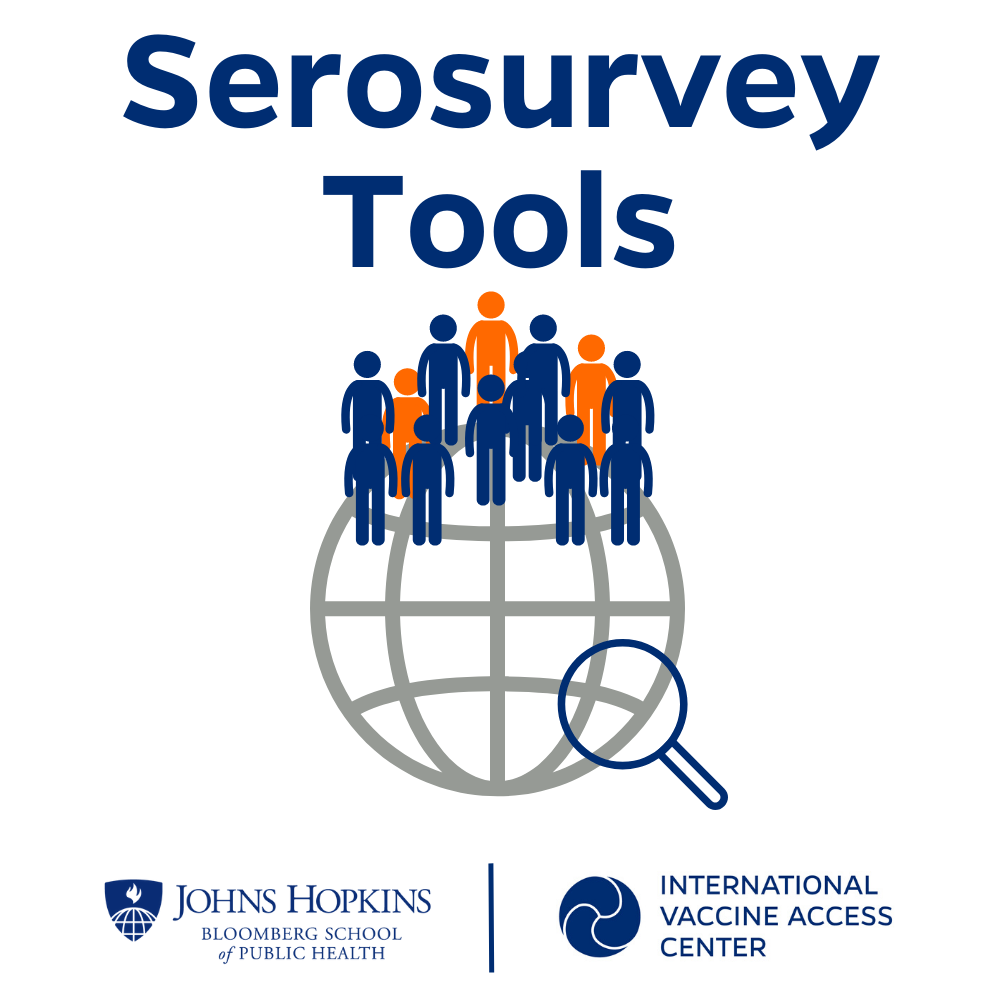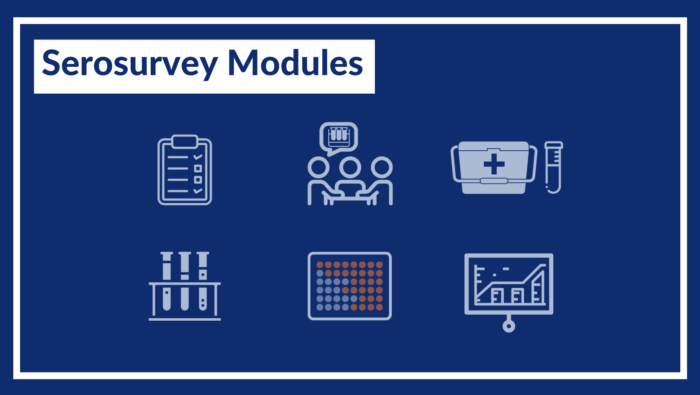This resource provides guidance to individuals designing and conducting serosurveys, or studies that test bodily fluids to estimate what part of the population has been vaccinated against or infected with a disease—and how many people remain susceptible. Serosurveys can:
- Involve collecting and testing testing blood or oral fluid specimens specimens to measure the amount of antigen-specific antibodies in a group of people,
- Reveal what part of the population has been exposed to an infectious disease or been protected from disease by immunizations, and
- Estimate the level of population immunity as well as gaps in immunity, such as groups of people who have not been vaccinated or previously exposed.

